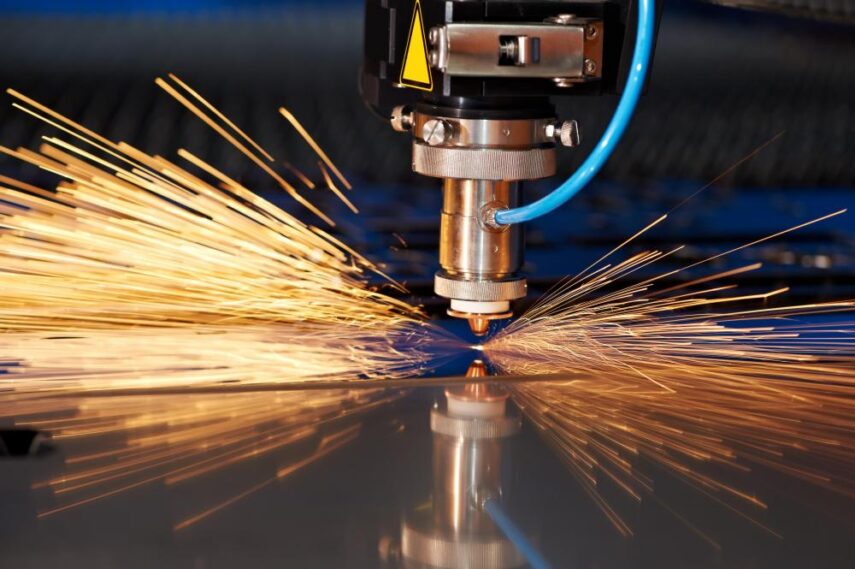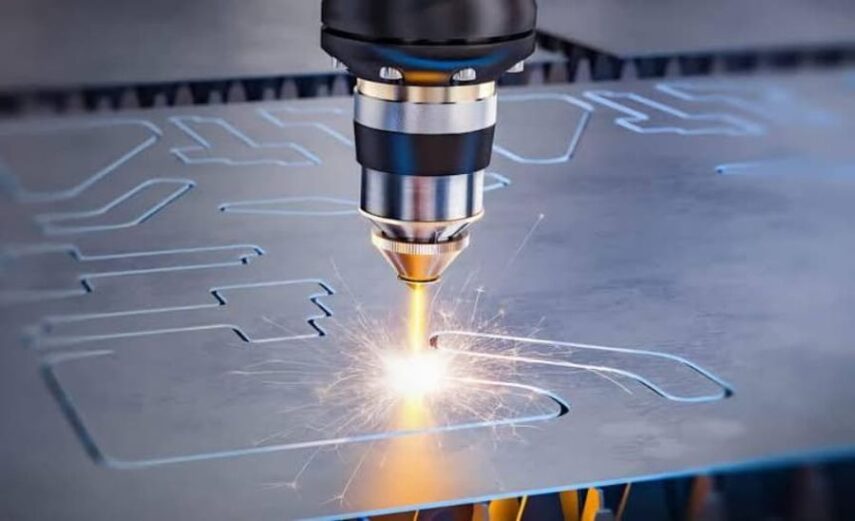Product identification is a critical component of manufacturing, distribution, and retail operations. Properly identifying products can help streamline logistics, reduce waste, and improve overall efficiency. One of the best ways to mark products is with a laser marking machine. These machines use high-powered lasers to etch or engrave text, logos, barcodes, and other identifying information onto a wide range of materials. In this 2024 guide, we will cover everything you need to know about using a laser marking machine for product identification.
Understanding Product Identification

Product identification refers to the process of labeling products with unique identifying information such as serial numbers, barcodes, and logos. This information is used to track products throughout the supply chain, from manufacturing to retail. Proper product identification can help ensure accurate inventory counts, prevent counterfeiting, and enable fast and accurate recall procedures.
Types of Machines
There are several types of laser marking machines such as ThunderLaser available on the market today. CO2 Machines use a CO2 laser to mark organic materials like paper, cardboard, and leather. These devices are highly versatile and can mark a wide variety of materials.
Fiber Machines, on the other hand, are used for metal and plastic materials. They offer high precision and speed, which makes them ideal for industrial applications.
UV Laser Marking Machines are designed for marking materials that are sensitive to heat, such as glass and plastics. These machines are known for their high accuracy and speed, and they work particularly well for small and intricate designs.
Choosing the Right Machine for Your Needs

Choosing the right machine for your needs can feel like a daunting task. When making your decision, there are several factors to consider.
Firstly, material compatibility is crucial. You need to ensure that the laser marking device you choose can work with the materials you’ll be using.
Marking speed is another important factor to consider, particularly if you need to mark a large number of products. In this case, you’ll want a machine that can mark quickly and efficiently.
Marking quality is also critical for ensuring the readability and durability of the marks. Make sure to choose a machine that can produce high-quality marks that meet industry standards.
Finally, ease of use is a factor that can save you time and money in the long run. Choose a device that is easy to operate and maintain, as this can help you streamline your workflow and minimize downtime.
Preparing Your Product
This involves cleaning the surface of the product and removing any debris or contaminants that may interfere with the process. You should also ensure that the product is positioned correctly in the laser machine to ensure accurate and consistent marks.
Setting Up
To set up your device, there are several steps you need to take. These include:
- Installing the software that comes with the machine – This software allows you to create and import designs for marking onto your products.
- Configuring the laser settings – Depending on the material you’ll be working with, you may need to adjust the settings such as power, speed, and focus.
- Calibrating the machine – Calibration is an essential step that ensures the beam is correctly aligned with the surface, resulting in accurate and consistent markings on your products.
Adjusting Settings for Different Materials
Different materials require different settings for optimal marking. For example, marking metal requires higher laser power and slower speed, while plastic requires lower power and higher speed. It’s important to refer to the machine’s manual for specific instructions on adjusting the settings for different materials.
Creating and Importing Designs

The software that comes with the laser marking device allows you to create and import designs for marking. You can create designs using software such as Adobe Illustrator or AutoCAD, or you can use the software that comes with the machine. The software allows you to create text, logos, barcodes, and other designs, and then send them to the laser marking machine for marking.
When creating designs, it’s important to consider the size and location of the marking. The design should be scaled appropriately to fit the product, and it should be positioned correctly to ensure accurate and consistent marks.
Marking Your Product
Once you have prepared your product and set up the laser, you are ready to start marking your products. The process involves placing the product in the machine, selecting the appropriate design, and then initiating the marking process.
It’s important to monitor the marking process to ensure that the marks are being applied correctly and that the quality is up to standard. Quality control measures such as visual inspections and sample testing can help ensure that the marking is consistent and accurate.
Quality Control and Inspection
Quality control and inspection are critical for ensuring that laser-marked products meet the required standards. Visual inspections can be performed to check the quality and consistency of the marks, while sample testing can be done to check the durability and readability of the marks.
Maintenance and Troubleshooting Tips

Maintaining your machine is important for ensuring its longevity and performance. Regular maintenance tasks such as cleaning and lubrication can help prevent issues and extend the life of the machine.
In the event of issues or malfunctions, troubleshooting tips can help identify and resolve the problem. It’s important to refer to the machine’s manual and seek assistance from the manufacturer or a trained technician if needed.
Conclusion and Future of Laser Marking Technology

Laser marking machines are an effective and efficient way to mark products with identifying information. With the right machine, materials, and settings, you can produce high-quality and durable marks that meet industry standards.
As technology continues to advance, we can expect to see further improvements in laser marking machines, including increased precision, speed, and versatility. Laser marking technology will continue to play a crucial role in product identification and manufacturing processes.
In conclusion, using a laser marking machine for product identification is a valuable tool for businesses in various industries.
Related Posts:
- How to Prevent Burning When Laser Cutting Wood - 2024 Guide
- From Idea to Product: How to Bring Your Inventions…
- 7 Best Laser Tag Set 2024 - Top Picks
- How to Use the Right Linear Guide for Your Projects…
- 8 Tips for Improving Your Product Packaging in 2024
- Paula Abdul Acknowledge Having a Facial Laser Surgery







